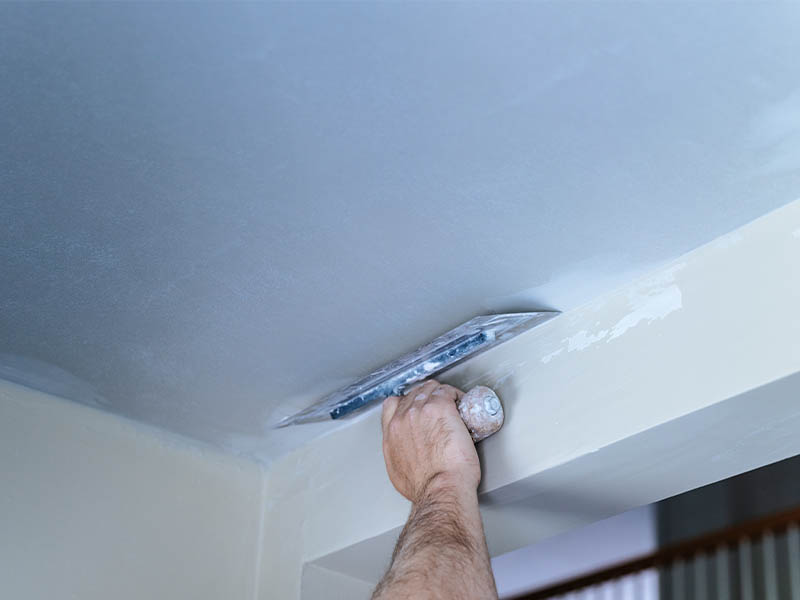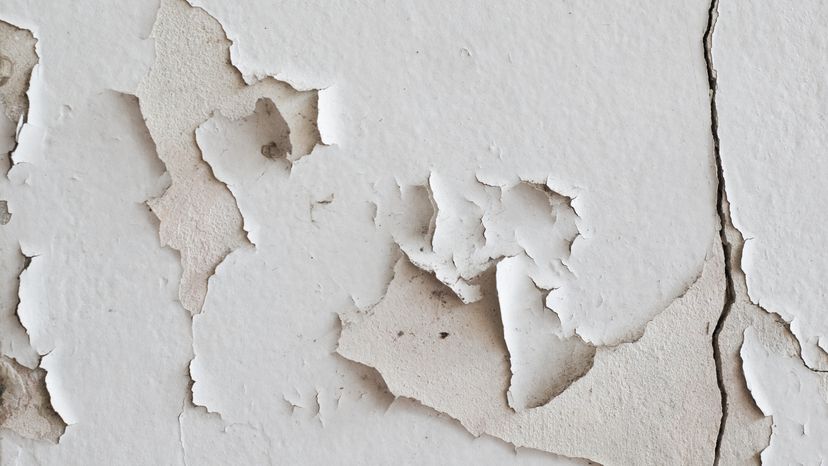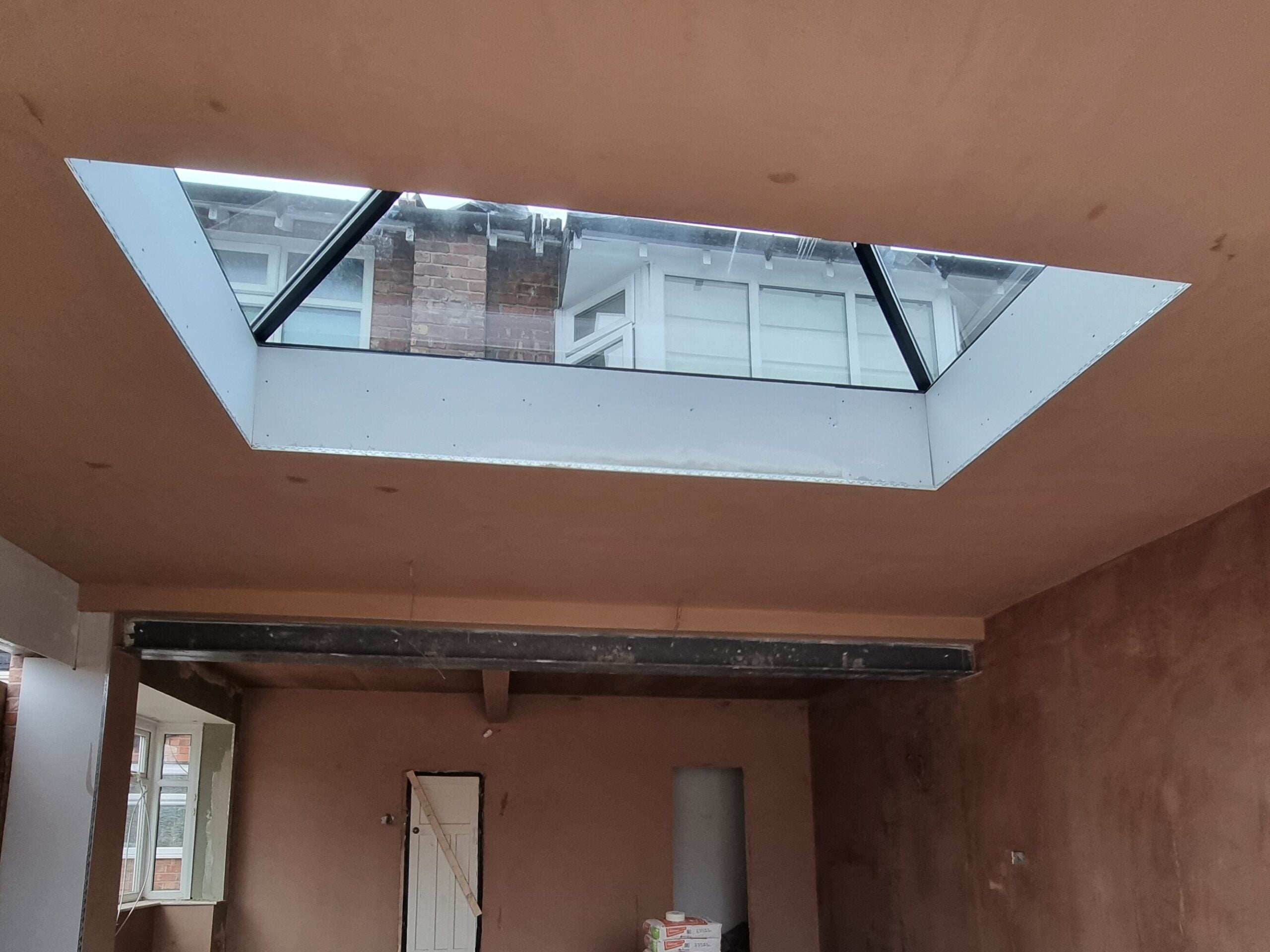Plastering Solutions Near Me: Locate Trusted Regional Plastering Specialists
Wiki Article
A Comprehensive Overview to Mastering Plastering Skills for Your Restoration Demands

Vital Tools and Products
Various necessary devices offer distinct purposes, ensuring effectiveness and precision throughout the gluing process. A top quality trowel, for circumstances, is vital for applying and smoothing plaster, while a hawk gives a stable system for holding the product.In addition to devices, choosing the best plastering materials is crucial. Gypsum-based plasters are frequently favored for their flexibility and simplicity of use, while cement-based alternatives are excellent for exterior applications due to their sturdiness. Water and bonding agents play considerable duties in achieving appropriate consistency and bond, ensuring that the plaster adheres properly to the surface.
Furthermore, safety gear such as goggles, masks, and gloves is necessary to protect versus dust and irritability during the application procedure. By assembling the right mix of tools and products, plasterers can boost their capability and create top notch coatings, eventually boosting the overall craftsmanship of their work.
Preparing Surface Areas for Gluing
Accomplishing a sturdy and smooth plaster surface starts with meticulous prep work of the surfaces to be glued. This foundational step is crucial to making sure adhesion and the durability of the plaster. Begin by examining the problem of the substratum-- whether it is drywall, masonry, or concrete-- eliminating any kind of loose paint, dust, or particles that may disrupt bonding.Next, repair any imperfections such as openings or splits. Make use of a suitable filler to accomplish a level surface; this can be critical for avoiding future problems. As soon as repaired, ensure the surface area is completely dry and tidy, as dampness can jeopardize plaster adherence.
For permeable surfaces, it is suggested to apply a bonding agent. This product enhances adhesion and develops a trustworthy user interface between the plaster and substratum. If working with formerly plastered surfaces, it may be needed to mess up or sand the location lightly to give a trick for the new plaster layer.
Smudging Methods and Tips
Mastering gluing strategies needs both skill and practice to special info attain a remarkable coating. One important strategy is the application of the plaster in numerous slim layers, rather than a single thick layer.When using the coating layer, utilize a shoveling technique that entails holding the trowel at a slight angle and working in a round movement. This helps to develop a smooth surface area and decreases the appearance of trowel marks. Additionally, keep a spray bottle of water useful to haze the surface gently; this keeps the plaster convenient and enables smoother completing.
Timing is vital; work efficiently, as the plaster starts to set. When the plaster has firmed up however is still damp, make use of a moist sponge to carefully smooth the surface area even more. Lastly, enable appropriate drying time prior to sanding or paint, ensuring your effort results in a professional, high-quality coating.
Usual Mistakes to Stay Clear Of

An additional typical error is using plaster also heavily. Overzealous applications can cause cracking and extended drying out times. It's important to apply plaster in thin, also layers, permitting each layer to dry appropriately prior to including much more.
Furthermore, not using the right tools can prevent the top quality of the surface. Read Full Article Utilizing unsuitable trowels or mixers can produce variances in the gluing procedure. Always select top quality devices made for plastering tasks.
Lastly, many people underestimate the importance of timing. Functioning in unsuitable temperatures or humidity levels can detrimentally influence plaster curing and drying out. It is advisable to check weather condition conditions and adjust your schedule as necessary.
Completing Touches for a Specialist Look
The last stages of a plastering task are important for achieving a polished, professional look. Once the plaster has dried out adequately, the next step is to analyze the surface area for blemishes. Minor bumps, openings, or uneven locations need to be resolved utilizing great sandpaper or a sanding block. This precise interest to detail is crucial for making sure a smooth finish.After sanding, it's suggested find more to clean up the surface to get rid of any dust and particles. A moist cloth is effective for this purpose, complied with by a complete drying duration. If needed, using a thin layer of ending up plaster can improve the surface area even more, supplying a seamless finish.
Once the finishing plaster is dry, an additional round of sanding might be needed to accomplish the preferred level of smoothness. Ultimately, think about applying a guide prior to painting or wallpapering, which will boost adhesion and durability.
Final Thought
Understanding smudging skills significantly enhances the high quality of remodelling projects. A complete understanding of necessary devices, surface area prep work, and reliable strategies is crucial for achieving professional results.Water and bonding representatives play considerable duties in accomplishing appropriate consistency and adhesion, guaranteeing that the plaster sticks effectively to the surface. Plastering.


In addition, keep a spray container of water handy to mist the surface lightly; this keeps the plaster convenient and allows for smoother finishing. (Plastering)
If needed, applying a slim layer of ending up plaster can boost the surface further, offering a smooth surface.
Report this wiki page